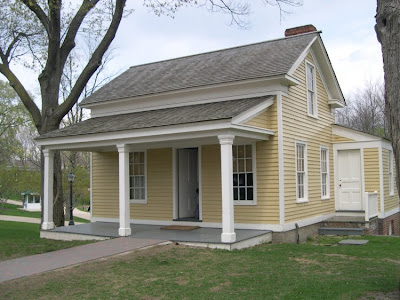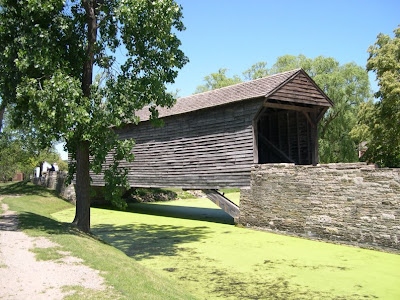Chapman Family Home (formerly known as John Chapman House)

Originally built in 1860 in the same city that Greenfield Village is in - Dearborn. Throughout the decade that the Village was open, Henry Ford had many projects going on at the same time, adding structures numbering in the 60's. While he was adding to his Village, it seemed he nearly forgot a home brought here back in 1929 - the home of a former school teacher who once taught at the Scotch Settlement School ( http://gfv1929.blogspot.com/2008/08/scotch-settlement-school.htm ), John Chapman. Mr. Chapman is said to have been Henry Ford's first teacher as Ford himself wrote so on the back of a photograph of Mr. Chapman. Others disagree and say a Miss Emilie Nardin, who roomed with the Ford family, was. Still others suggest it might have even been a Mr. Frank Ward. I believe we'll go with Henry's memory - after all, it was Chapman's home that he installed in Greenfield Village, not Nardin or Wards'. Mr. Chapman kept his pupils from 9 a.m. until 4:30 p.m. daily with






